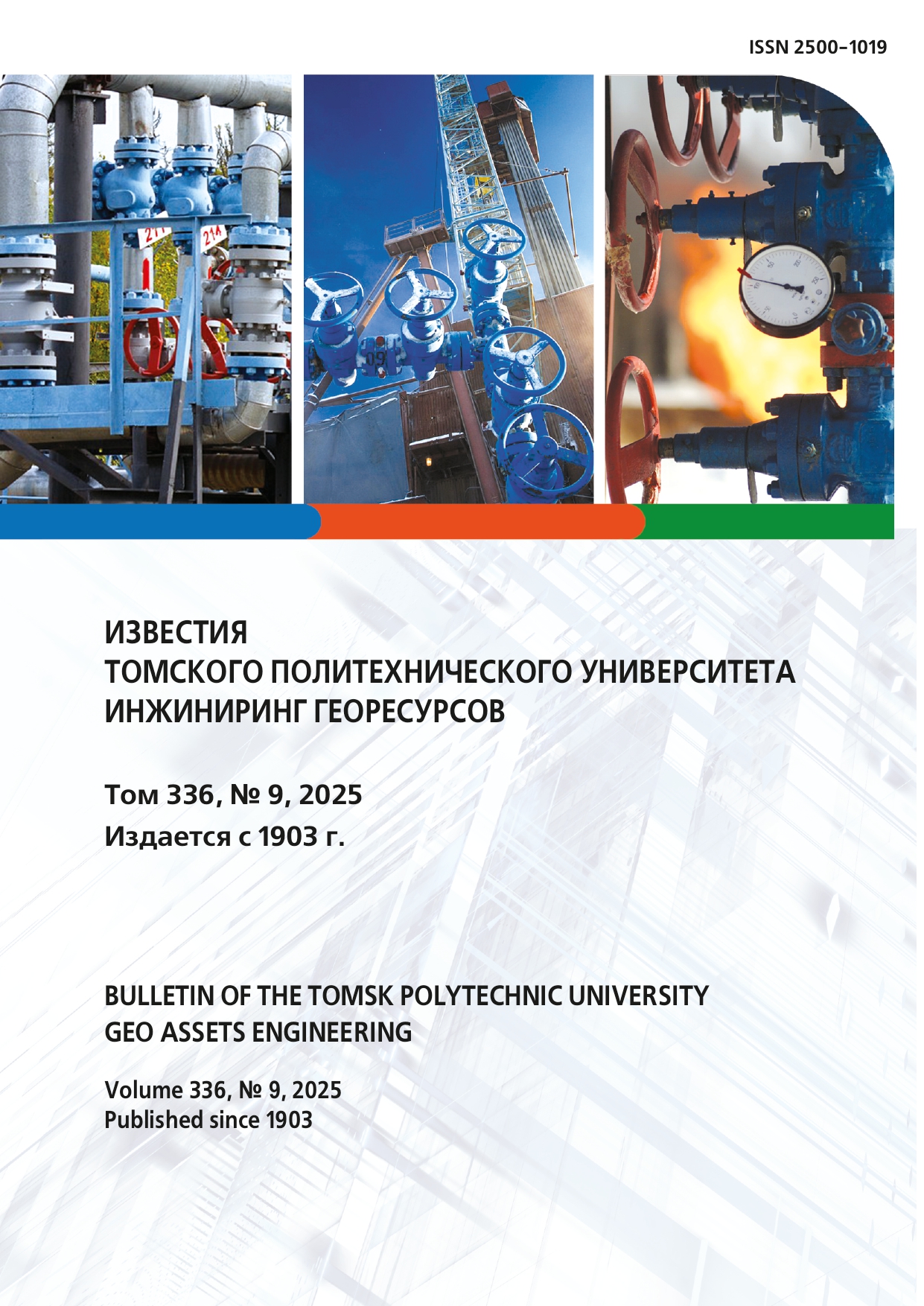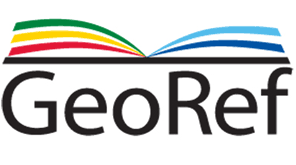Том 334 № 3 (2023)
DOI https://doi.org/10.18799/24131830/2023/3/3974
СОДЕРЖАНИЕ ТОКСИЧНЫХ ЭЛЕМЕНТОВ В УЛИЧНОЙ ПЫЛИ И ОЦЕНКА РИСКА ДЛЯ ЗДОРОВЬЯ ЧЕЛОВЕКА (МЕЖДУРЕЧЕНСК, ЮЖНЫЙ КУЗБАСС)
Ссылка для цитирования: Содержание токсичных элементов в уличной пыли и оценка риска для здоровья человека (Междуреченск, Южный Кузбасс) / Н.А. Осипова, К.Ю. Осипов, А.В. Таловская, Е.Г. Язиков, Е.А. Филимоненко, С.А. Новиков // Известия Томского политехнического университета. Инжиниринг георесурсов. – 2023. – Т. 334. – № 3. – С. 229-244.
Актуальность исследования обусловлена необходимостью прогнозных оценок влияния тяжелых металлов и некоторых других элементов, накапливающихся в уличной пыли городов, на здоровье населения. Цель: установление элементного состава уличной пыли и оценка риска здоровью от воздействия токсичных элементов, накапливающихся в уличной пыли регионов многопрофильной промышленности, в том числе активной угледобычи и углепереработки (г. Междуреченск, Южный Кузбасс); определение величины канцерогенного и неканцерогенного риска здоровью населения. Объекты: материал уличной пыли, полученный путем отбора проб (29) по равномерной сети. Методы: метод отбора проб уличной пыли посредством смета; выделение гранулометрической фракции менее 1 мм методом просеивания; определение гранулометрического состава и размера пылевых частиц (SALD-7101 SHIMADZU с полупроводниковым лазером); метод масс-спектрометрии с индуктивно-связанной плазмой, NexION 300D для определения содержания 57 элементов в пробах; методы оценки риска воздействия химических веществ на здоровье человека. Результаты. Уличная пыль изученной территории обогащена Fe (7,5), As (4,8), Sb (4,0), Ag (2,7), Pb (2,1), Cu (1,3), Ti (1,29) относительно кларка верхней части континентальной земной коры. В скобках приведены факторы обогащения, рассматриваются только те элементы, которые вошли в перечень для оценки риска. Превышение средних содержаний ряда элементов в уличной пыли над кларковыми значениями, в отдельных точках очень существенное, может быть связано с воздействием автотранспорта (Pb), металлообрабатывающих предприятий (Fe, Ti, Cr), продуктов сгорания угля (As, Hg), дальним переносом от угледобывающих предприятий, переносом воздушных потоков через массы вскрышных и вмещающих пород (Сг, Сu, Sb). Экологические риски здоровью населения от воздействия компонентов уличной пыли (учтены 26 элементов по данным масс-спектрометрии с индуктивно-связанной плазмой) оценены с учетом перорального, ингаляционного и кожного путей поступления и использованием стандартных факторов экспозиции. В порядке уменьшения значений суммарных коэффициентов опасности (неканцерогенный), учитывающих все три пути поступления загрязнителей, элементы образуют следующий ряд: As (1,6×10–1)>Cr (4,1×10–2)>Pb (2,4×10–2)>Mn (2,2×10–2)>Sb (1,5×10–2)>Ba (1,4×10–2)>Al (8,6×10–3)>Cu (4,4×10–3)>Co (1,7×10–3)>Cd (1,7×10–3)>Zn (1,0×10–3)>Hg (2,2×10–4); ∑ КО (неканц)=29,4×10–2. Данный уровень риска характеризуется как приемлемый (допустимый риск); именно на этом уровне установлено большинство зарубежных и рекомендуемых международными организациями гигиенических нормативов для населения в целом. Однако проблема длительного воздействия малых доз токсичных элементов на здоровье населения также требует своего изучения. По уменьшению уровня канцерогенного риска элементы образуют следующий ряд: As (3,0×10–5)>Сr (VI) (2,7×10–5)>Ве (4,3×10–6)>Pb (1,6×10–6)>Cd (1,2×10–7). Значения, лежащие в интервале более 1×10–6, но менее 1×10–4, расцениваются как предельно допустимый риск. Данные уровни подлежат постоянному контролю. В некоторых случаях при таких уровнях риска могут проводиться дополнительные мероприятия по их снижению. Сопоставление показателей риска и геохимических характеристик уличной пыли указывает на необходимость учета эколого-геохимических особенностей депонирующих сред при интерпретации результатов оценки рисков.
Ключевые слова:
Уличная пыль, тяжелые металлы, ингаляционный риск, канцерогенный риск, неканцерогенный риск, угольная энергетика





